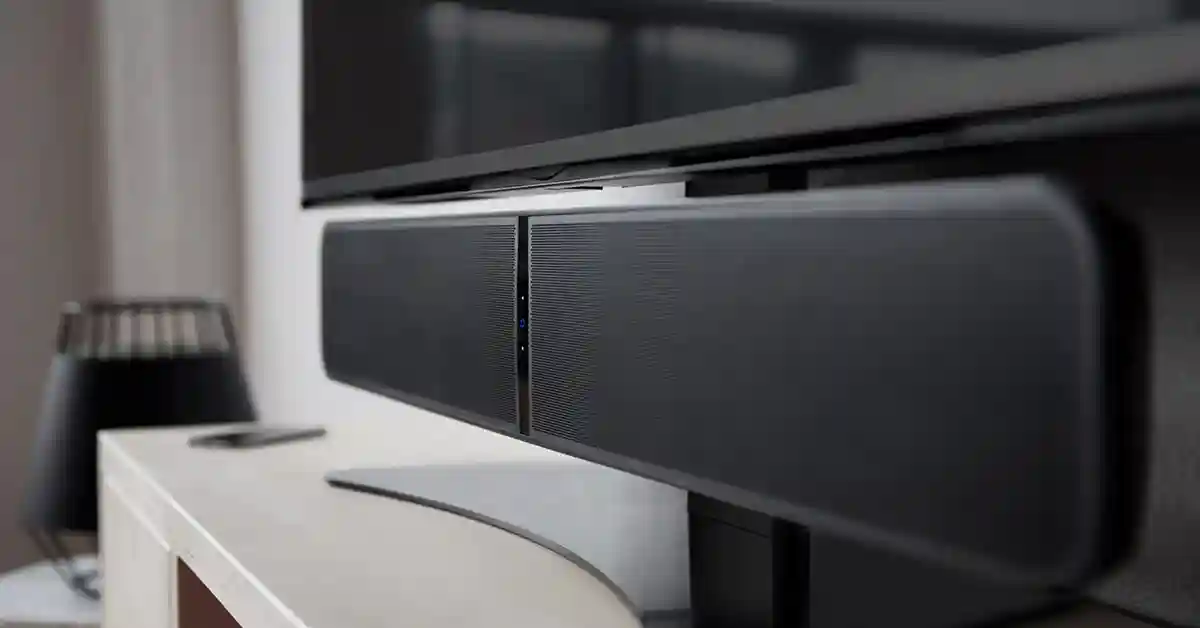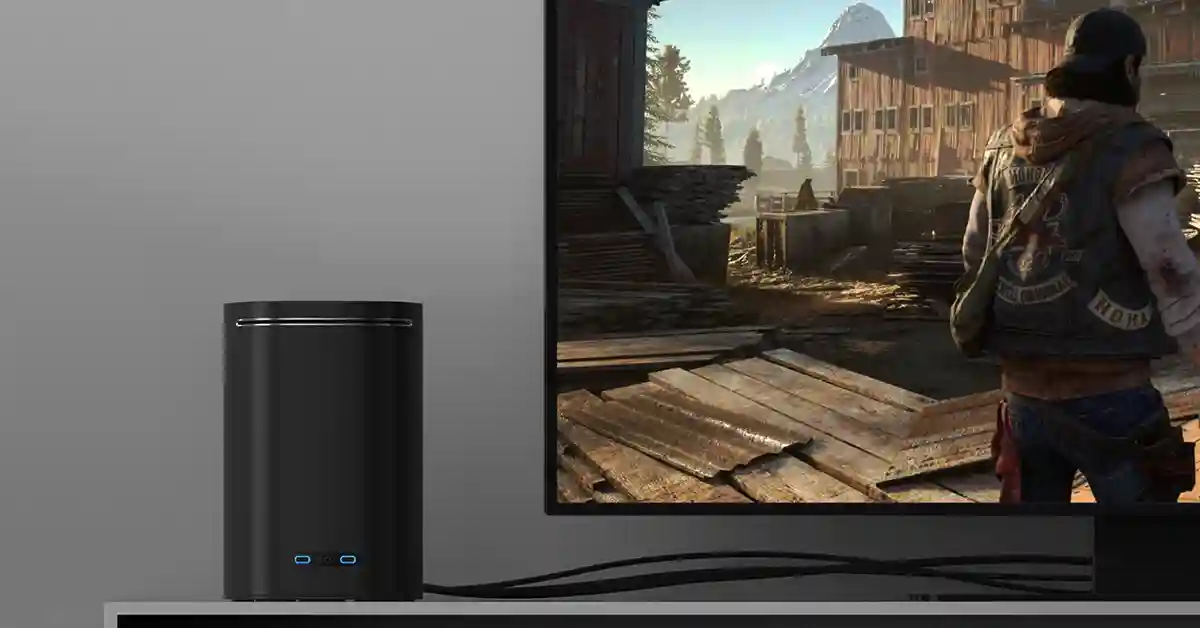How To Recone A Subwoofer
In the rich world of information that we live in, anything is available online. You can buy groceries without moving from your couch. You can buy electronics without moving from your couch.
There are a couple of things that you can’t do and one of them is to successfully complete a DIY project. That’s probably why you’re here, if not, enjoy the information provided!
We’re going to dive into the world of reconing. Specifically, reconing a subwoofer. There are slight differences in reconing a subwoofer and a speaker. For one, a subwoofer produces lower frequencies to accommodate your sound system and your speakers don’t provide that low frequency. However, why would you want to recone them?
Well, it's simple. Time and usage play a factor in reconing your subwoofer. Maybe your subwoofers aren’t playing as they used to or maybe you found these subwoofers in your grandad's basement and you’d like to teach your kids the importance of restoration.
Maybe your subwoofers are overused, damaged, or simply need a repair. Good for you because we're going to cover all your concerns and steps in this article.
Recone Your Subwoofer
One of the reasons your subwoofer could need to be reconed is due to time. It’s gathered up dust and the wires are starting to give in, you’ve probably had this subwoofer for the past 20 years. It was passed down from generation to generation. With a few tools and elbow grease, your subwoofer can sound as good as a new sub.
Another reason that your subwoofer needs to be reconed is because of fatigue. The cone itself suffers vibrational damage due to splits and cracks. The debris build-up could be caused by the subwoofer remaining in one position. Debris and cracks aren't a very good combination. These factors cause strain on your subwoofer, resulting in the cone not allowing any air to get through to the internal parts and the subwoofer starts to sound terrible. The continued stress on the subwoofer could cause irreversible damage. External objects could also be the cause of a damaged subwoofer. A knife could have pierced the cone, a heavy object might have fallen on the cone or the subwoofer fell. The expensive method of fixing your cone, or reconing your subwoofer would be to call up a professional, pay them a handsome fee for parts and labor, wait for an extended period and then get your subwoofer back! Hopefully…
Or, if you prefer the more hands-on method, do it yourself and follow this guide to reconing your subwoofer.
What You’ll Need For Subwoofer Reconing
Here are a few items needed for the process:
- Drill with a Phillips bit
- Sandpaper
- Soldering iron with fresh solder
- A knife or blade
- Bottle of Acetone
- Piece of cleaning cloth
- Adhesive rubber glue
- New or replacement subwoofer with spiders attached
- Allen wrench
- Grinder
- Chisel
- ¼” Shim or stock card
- Hammer
An alternative would be to buy a completely new speaker reconing kit. These are sold on Amazon or at your local hardware store. Once you’ve got your tools and supplies ready, prepare a clean, ventilated workspace. Essentially one with newspaper laid out because it does get dirty. Let’s get started.
Steps For Reconing A Subwoofer
Remove The Old Parts
- Remove the speaker from its cabinet.
- Remove the gaskets with a chisel and hammer.
- Remove the soft parts of your speaker(the surround is one of them) with a knife or blade, gently cutting through any adhesive or glue holding them together.
- Cut the spider to remove it.
Tip: Spray some acetone on a cleaning cloth and rub down your spider.
Note: The spider is part of the suspension of the subwoofer, not an actual spider.
- Remove any wires that are connected to their respectful terminals.
- Use a soldering iron to completely remove the wires.
- Clean the terminals with the soldering iron as well.
- Lift the dust cover from the speaker to expose the cone and coil assembly and clean it with a damp cloth to remove any dust.
- Use a knife or blade to cut off any remaining material on the outer edges of the cone.
Clean Your Voice Coil
- Use a ¼” shim or stock card for this step.
- Fold the shim at a 360-degree angle.
- Fold a piece of masking tape over the shim with the sticky side on the outside.
- Secure a tight fit and insert it into the coil gap.
- Remove the shim with the masking to identify any dirt.
- Repeat this process until the coil gap is clean and the tape comes out with no residual dirt.
- Cover the voice coil with masking tape.
- Remove the tape and check for any dirt.
- Repeat this process until the tape shows no sign of harboring any dirt.
- Once there are no signs of dirt, cover the voice coil with masking tape to protect it from the mess we’re about to make.
- Put voice coil-over shims in the gap
- Use the acetone-filled cloth to wipe away any dirt, metal fillings, or visible pieces of old dirt on the voice coil or surrounding it.
Grinding And Sanding
- Grind away any small particles on the cone.
- Black particles are left behind from the old cone on the housing case.
- You can grind these particles away or you can scrape them away with a chisel and hammer or sharp scraper.
- Grind away any particles on the spider as well.
- Be careful not to damage any part of the suspension unit on the subwoofer while grinding away.
- Once the grinding is taken care of, you can sand the remaining part with sandpaper.
- Perform this method if you really feel the need for a cleaner, fresher look.
Note: It's not mentioned in the materials you’ll need, but if you have an air compressor, use it to speed up the cleaning process.
Install The Cone
- Remove the tape from the voice coil and any parts inside the voice coil gap.
- With your shims on the bottom of your replacement subwoofers, use them to center your subwoofer into place.
- Dry fit all the remaining parts and make adjustments if necessary.
- Move the subwoofer to fit the housing unit like a snug blanket.
Glue The Parts
Before moving along with the process of gluing everything, let us adhere to all safety rules. If you’re not comfortable working with glue, put on safety gloves to avoid any sticky messes. A pair of safety goggles for your eyes never hurt as well.
- With the parts fitted in dry, lift the subwoofer slightly.
- Apply the adhesive glue on the edges of the cone and spider-mounting surface.
- Mix your 5-minute epoxy if you prefer a stronger hold.
- Remember to be quick as it dries out fast.
- Apply with care on the edges for a stronghold.
Note: If you’re going to use accelerator spray, be sure to only use it once the surfaces are properly lined up.
- Before inserting your subwoofer, make sure the wires are aligned.
- Feed the wires through the holes you have on the side of your housing unit.
- These wires will link with the terminals soon.
- Insert the subwoofer down on the adhesive.
- Apply clamps to hold the spiders down as quickly as you can.
- Run your fingers along with the subwoofer where the rubber and glue make contact.
- This technique used to glue the sub into the case is not the only one but it is an effective one.
- Now, you can remove your shims from the voice coil gap.
Center The Dust Cap
- Center the cap on the cone and mark the area with a pencil (make sure it is a light color)
- Make a tape marking for your glue to be inserted.
- Gently apply some adhesive glue underneath the dust cap and firmly press it down to fit on the cone.
- Once the cap is set, place a heavy item/s on the dust cap to set.
- Leave the unit to set for about 24 hours before testing the subwoofer.
Test Your Subwoofer
There might be leads that aren’t wired to any terminal because some of them need to be soldered. Once installed, you can test your subwoofers. Expose the bare wire of your subwoofers to a battery to test the ability of the bounce. Your subwoofer needs to vibrate efficiently enough to display a properly functioning subwoofer.
Conclusion
Congrats! You Have Completed Your Speaker Reconing. You took the cheaper, more hands-on method as opposed to calling a professional, and paying all of those fees. Don’t you feel proud?
The sense of completion is flowing through your body with your subwoofer cone restored. If you feel that this was not a big enough challenge for you, why not go ahead and recone your speakers, or build a box for your subwoofer? Go for it! The benefit is that these articles are easily accessible on our website! Browse through some of the content and become the handyman - or woman, you’ve dreamed about becoming!
Related Articles








